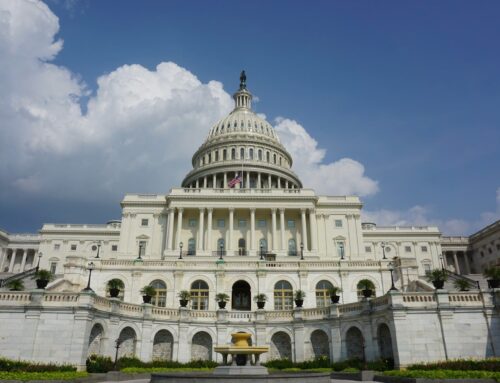The Inflation Reduction Act allocated $78 billion to the IRS to help address staffing shortages, modernize old computer systems, and audit high income and exotic tax filers. This funding could help address the tax gap, or the average annual value of unpaid federal taxes, which the IRS estimated at approximately $428 billion annually between 2014 and 2016. However, the Fiscal Responsibility Act, part of a debt ceiling agreement, reduced this funding from the IRA by up to $21.4 billion over three years – rescinding $1.4 billion in Inflation Reduction Act funds immediately, $10 billion in FY24, and another $10 billion in FY25.
The FY2025 budget maintains IRS funding at the 2023 level of $12.3 billion, with the President’s budget proposing to restore the full Inflation Reduction Act funding previously cut and provide additional long-term funding to continue addressing the tax gap. Research from the National Bureau of Economic Research indicates that every dollar spent auditing individuals with incomes above the 90th percentile (taxable income of $152,000 after deductions) generates $12 in revenue. It’s crucial for the IRS to have sufficient resources to ensure transparency and fiscal responsibility and to prevent tax system fraud and abuse.
Although we applaud the administration’s commitment to ensure that tax administration is fair and fiscally responsible, the estimates of additional revenue from better enforcement seem wildly optimistic. First, the budget request proposes extending the mandatory funding provided by the Inflation Reduction Act. This seems unrealistic given the cuts that have already taken place to the IRA funding going to the IRS.
Next, the budget identifies a potential shift in its methodology for calculating revenue gains from this enhanced enforcement and other improvements. Traditionally, revenue estimates have focused primarily on the direct results of increased enforcement staffing. However, the IRS suggests a more “holistic” approach that also considers the indirect impacts of improved services, technological advancements, and the deterrent effect of enforcement activities. Under the traditional model, the estimated enforcement revenue associated with continued IRA funding is $498 billion. But with this proposed change, the IRS is reporting a potential for an additional $353 billion in revenue, which would increase the total to a whopping $851 billion in revenue due to maintaining spending levels provided to the IRS by the Inflation Reduction Act. By contrast, the Congressional Budget Office estimated that the original IRA funding for IRS would increase revenue by $180 billion over FY22-FY31.
Providing the IRS with sufficient resources is an important step to both serving taxpayers as they file their taxes and to narrowing the tax gap. The wildly divergent estimates of potential revenue from such investments is not an indictment of the IRS, but an example that forecasts made in budget requests are more about aspirations than accuracy.










Get Social